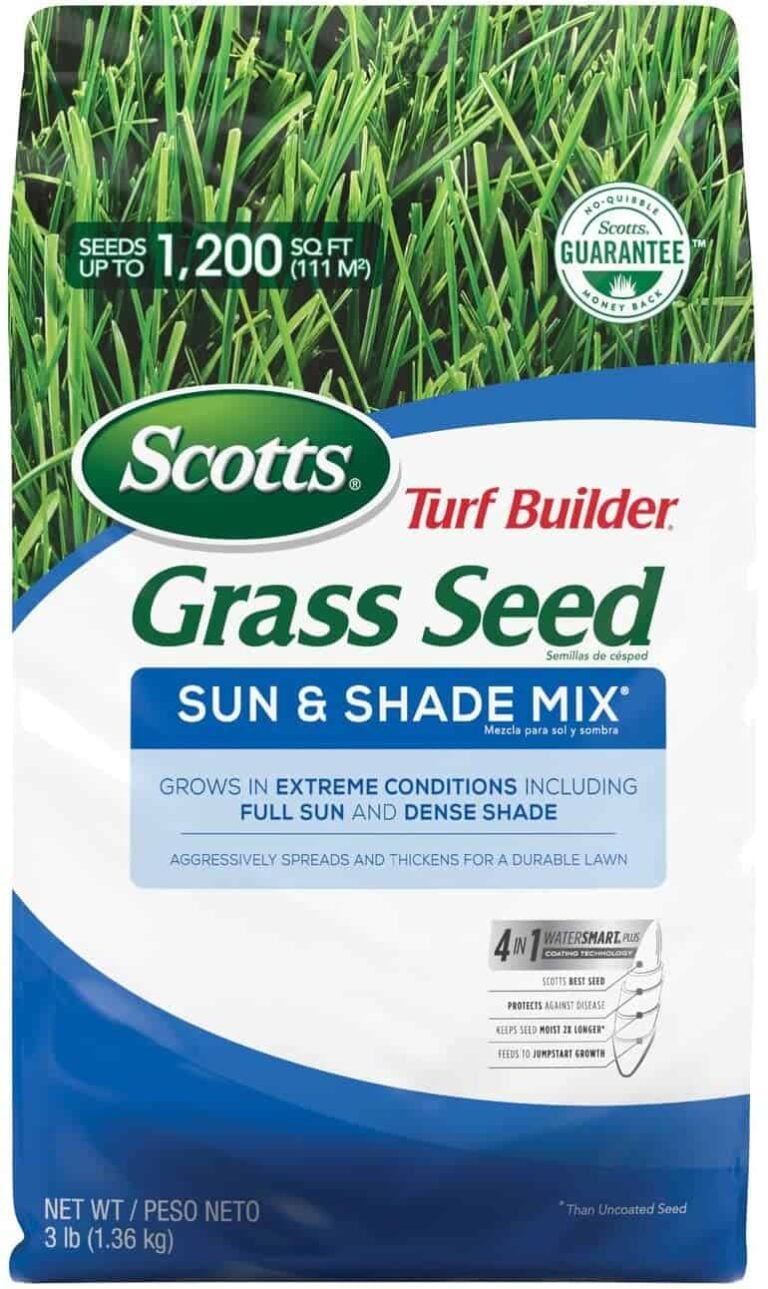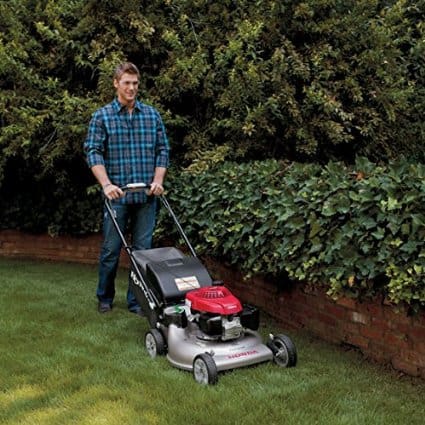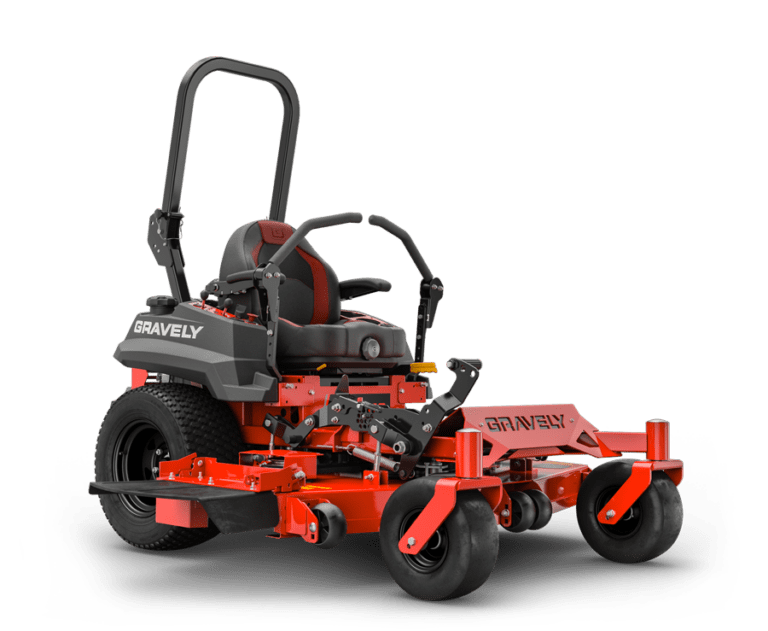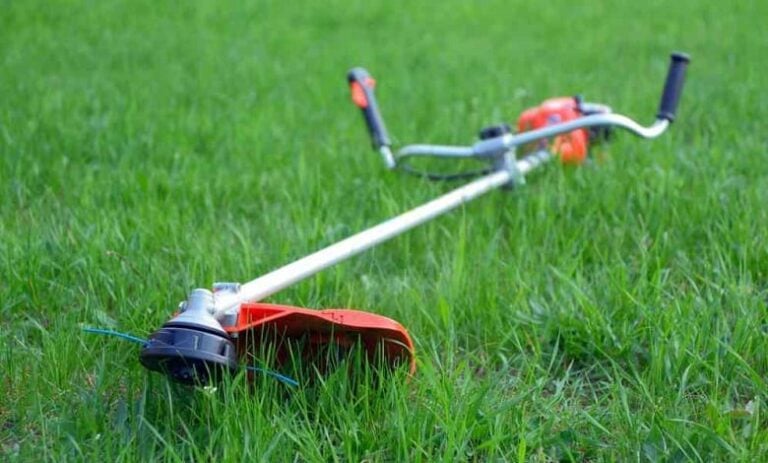Keep Your Lawn Cool with the Best Grass for Shade
Our pick for the best grass for shade is Pennington Smart Seed Sun & Shade Mix, which provides optimal growing results for a variety of regions. This mix contains seeds that grow in both moderate shade and full sunlight, so the seeds that prefer your conditions will germinate. Aerate your soil and add organic compost before planting. Once your grass begins to grow, repeat for optimal nutrients and access to the root system. To find more options for great shade grass, check out our other recommendations below.
5 Best Grass for Shade Picks
[wptb id="8287" not found ]Why Does Most Grass Need Plenty of Sunlight?
If you remember some information from your 6th grade science class, you likely remember studying photosynthesis. This is the process plants use to get their energy and carry out all the processes needed to stay nourished and grow, much like food and water do for humans.
Most grasses need as much sunlight as plants to carry out photosynthesis. Grass takes its energy from the sun by drawing in sunlight through photosynthesis.
The beautiful green color you see in lush grasses isn’t just for beauty. It’s actually caused by chlorophyll, which are green-colored pigments that live within grass and help trap the sunlight it needs to perform photosynthesis (source). Through the process, grass turns sunlight into the energy it needs to grow and stay green.
If you see wilted, dry, or brown grass, it’s likely that it didn’t receive either enough water or sunlight.
What Makes the Best Shade-Tolerant Grass?
How is it possible, then, for some grass to thrive in the shade? Thanks to some specific varieties of shade-tolerant grasses, even those with shady yards or those who live in regions without a lot of sunlight, can benefit from a yard full of beautiful grass.
Remember, though, that even shade-tolerant grasses will need at least some sunlight, even if it’s indirect sunlight. Some shade grass manufacturers may claim differently, but it’s not likely that you will grow a beautiful lawn in the dark.
Instead, shade-tolerant grass varieties will grow in less sunlight than is normally required for grass, which is about 4 to 6 hours per day (source).
Typically, a grass seed mix is the optimal type of seed to buy, since it contains different types of grasses. If one type fails to grow in your conditions, another type will most likely take over and grow.
According to Gardening Know How, the following varieties of shade-tolerant grasses are some of those proven to be successful for growing in the shade:
- Red Creeping Fescue (cool season)
- St. Augustine (warm season)
- Rough Bluegrasses (cool season)
- Centipede Grass (warm season)
- Carpet Grass (warm season)
- Velvet Bentgrass (cool season)
Depending on where you live and what your usual growing seasons are like, choose either a cool or warm season grass. Northern areas typically grow cool season grasses, whereas southern regions commonly grow warm season grasses.
Preparation for Growing Shade Grass
Since you still want your shade grass to get as much sun as possible, take a look at your yard to see what you can do to create more sunlight. For example, prune back tall trees and shrubs that block sunlight from getting to your yard. Or, consider a lower fence if that tends to block sunlight for the majority of the day.
You don’t need to chop down trees. Instead, focus on the lower limbs of the tree that provide shade close to your yard. The higher your branches, the less canopy you have to block out sun.
Then, focus on your soil. Shade grass grows best in well-aerated soil. The aeration process places organized holes into the soil for the best exposure to your grass’s root system. You should aerate the soil before you add fertilizer, compost, or grass seeds. You can aerate again once your grass has at least 4 weeks of vigorous growth (source).
After aerating, add an organic compost to the soil to give your grass seeds a nutritious start, since they’ll have less sunlight to help with germination. You can add some more compost over your grass seeds once they begin to protrude from the soil by sprinkling it in a thin layer over your lawn.
A few other things you can do to prevent harm to your growing shade grass and allow optimal growth include:
- Installing a path or stepping stones through your yard to keep foot traffic off grass.
- Keeping your lawn weed-free and leaf-free. Rake often and pull weeds as needed to prevent unnecessary blocking of potential sunlight.
- Test the pH of your soil before planting seeds, so you can adjust it as necessary to accommodate your specific grass variety.
How to Grow Shade Grass Successfully
To grow shade grass successfully, the most important step is choosing the best grass for shade. Purchasing a quality, shade-tolerant grass seed with a high germination rate will give you the most bang for your buck. Look for germination rates of at least 70% and a weed seed content of less than 1%.
Overseeding is a good practice when it comes to growing shade grass successfully. The process of overseeding lets you add more grass seeds than usual to your lawn for a higher germination rate. Use a drop spreader to help control the distribution of seeds.
Once your grass begins to grow, you may notice a thin lawn or bare spots. You can continue to overseed once your grass starts growing to help fill in the spots. This video by DoItBest explains how to overseed your lawn for the lushest, green lawn, even in the shade:
According to Gardening Know How, shade grass should be allowed to grow a bit longer than other grasses. This will allow a larger surface area for proper photosynthesis in areas with little sun. Let your shade grass grow at least three inches long before mowing.
It’s also best not to over-fertilize or over-water your grass. Grass growing in shaded areas usually needs about half the fertilizer as grass growing in full sun. Furthermore, your shade grass will only need to be watered occasionally with a deep-watering. Over-watering can cause disease, as can too much nitrogen from over-fertilization.
Our Recommendation: Pennington Smart Seed Sun & Shade Mix
Our pick for the best grass for shade is Pennington Smart Seed Sun & Shade Mix.
No grass mix will be perfect for all locations, so we chose one that gives you the best chances of germination and optimal growth in the majority of regions and shady areas. This particular seed mix contains grass seeds that will grow in various regions across the United States.
Since this mix contains seeds that can grow in both moderate shade and full sun, you will have the best chance of at least one type of seed germinating. If you notice a very thin or spotted lawn, complete the overseeding process as described above.
This seed mix is perfect for areas with little rain, as it’s drought-tolerant and water-conserving. Pennington states that this mix will provide a lush lawn, but you’ll use about 30% less water to maintain it than other seed mixes.
Remember to give your lawn a thorough, deep watering only on an as-needed basis to prevent disease. For best results, aerate your lawn before you plant seeds, and at least 4 weeks after your seeds have germinated, so water can thoroughly penetrate the root system.
Photo by Christopher Sessums licensed under CC BY 2.0





